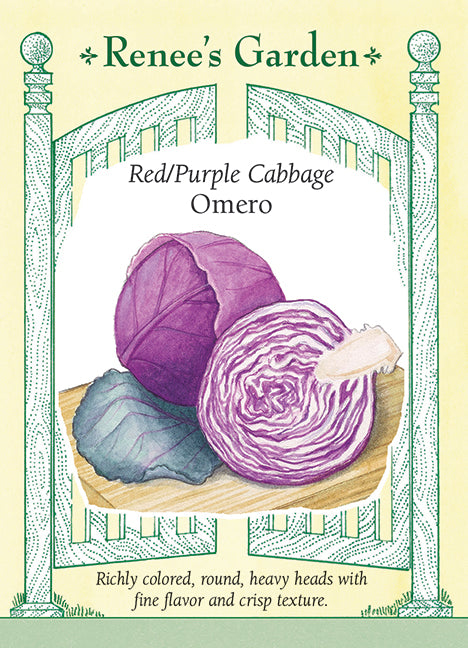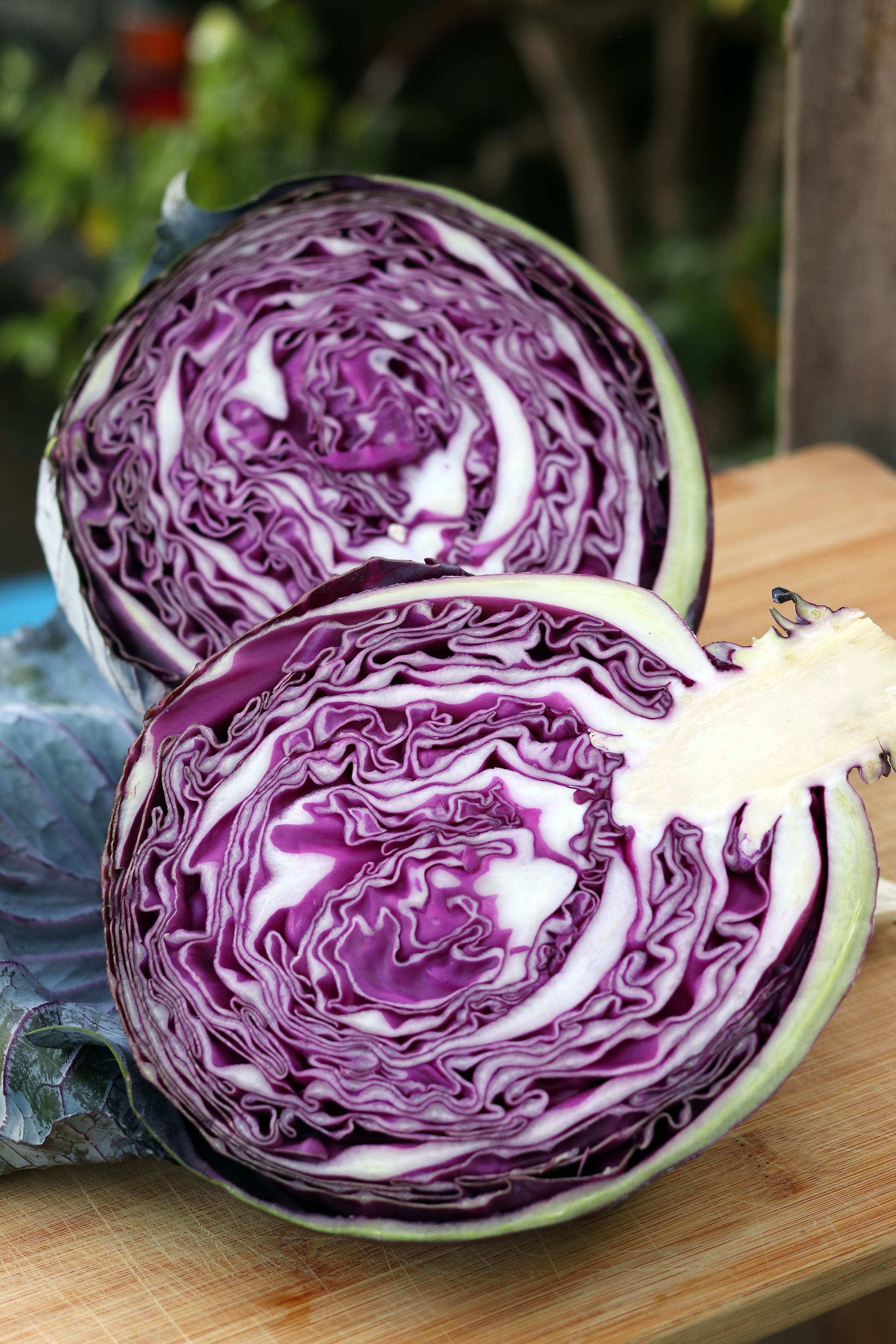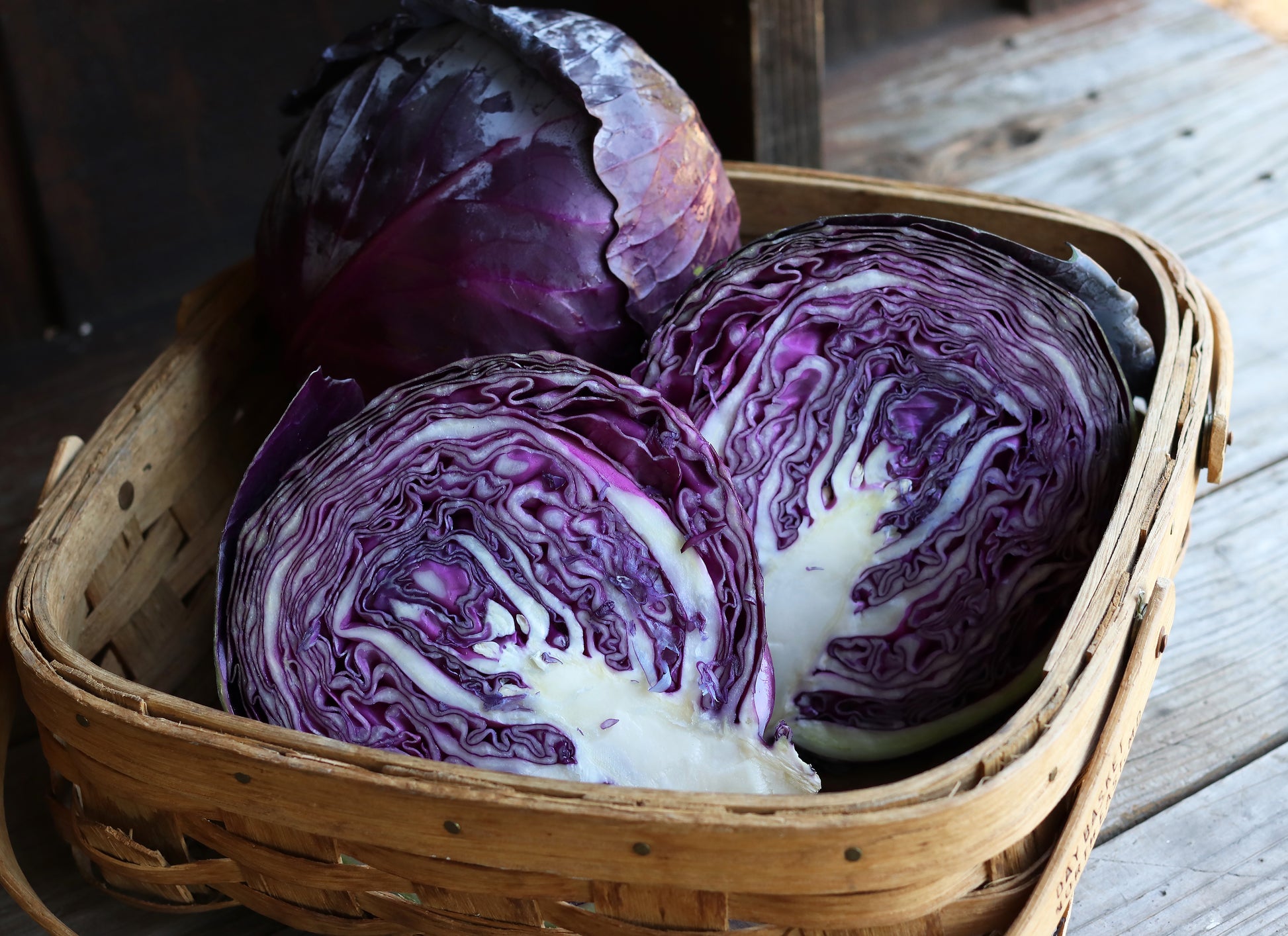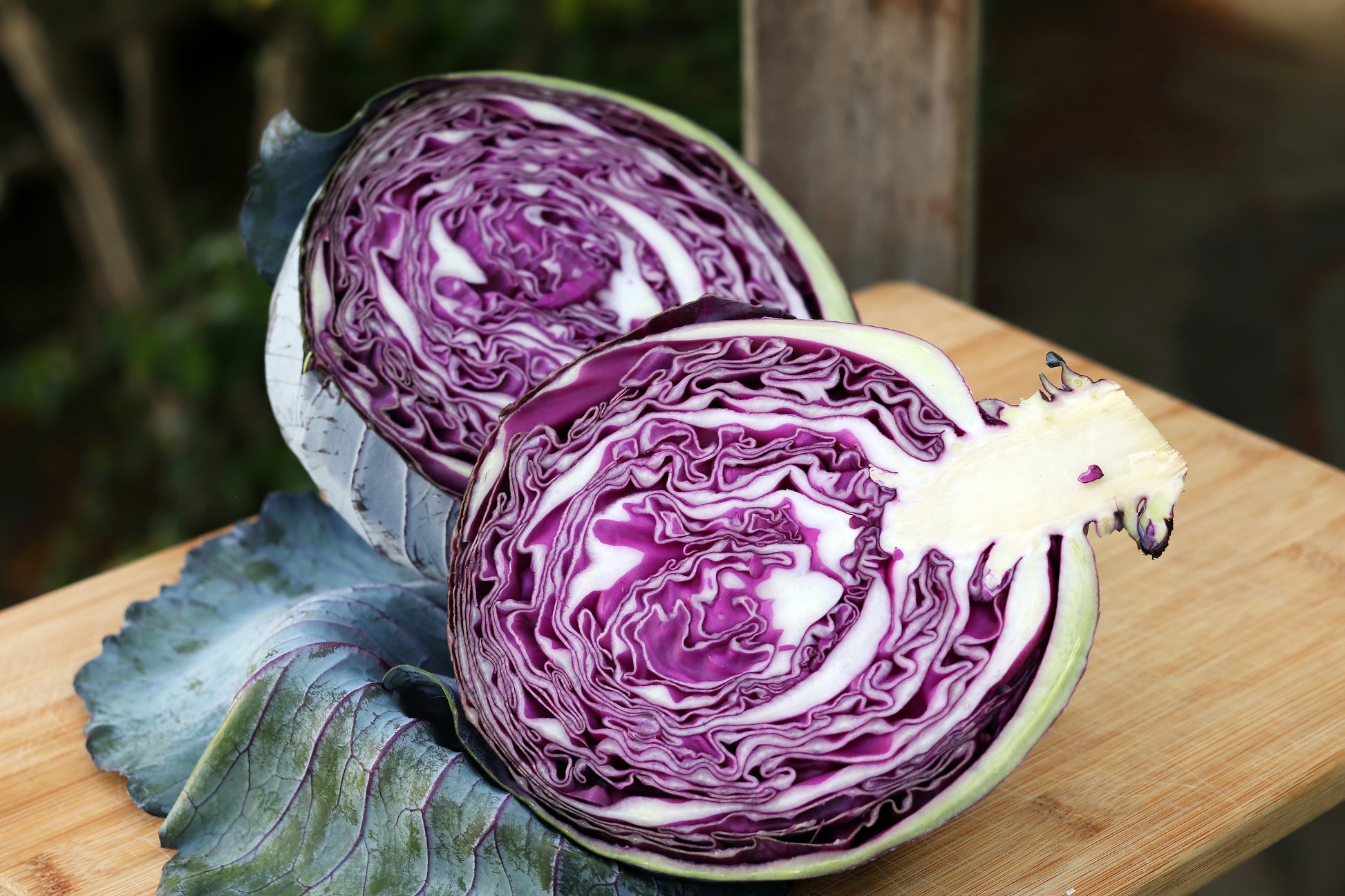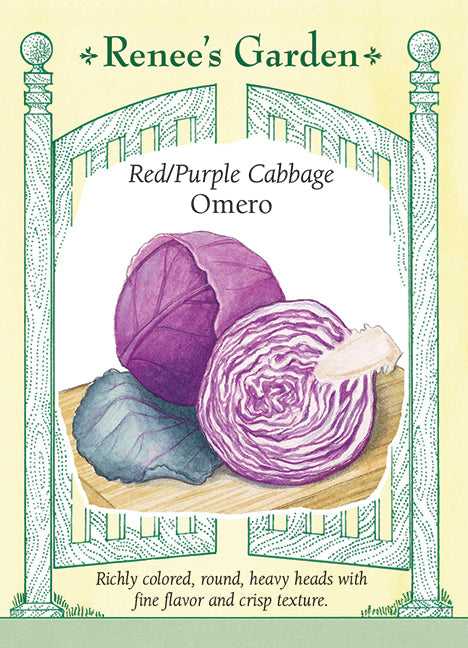Quick Info
COLD WINTERS
May - June
MILD WINTERS
Feb. - April
July - August
SUN/SHADE
Full sun
SOW SEEDS
1 inch apart
1/2 inch deep
DAYS TO GERMINATE
7 - 10 days
DAYS TO HARVEST
Approx. 73 - 78
Red/Purple Cabbage
Omero
Omero
Quick Info
COLD WINTERS
May - June
MILD WINTERS
Feb. - April
July - August
SUN/SHADE
Full sun
SOW SEEDS
1 inch apart
1/2 inch deep
DAYS TO GERMINATE
7 - 10 days
DAYS TO HARVEST
Approx. 73 - 78
An excellent Dutch hybrid offering fresh flavor, extra crisp texture and strong weather tolerance. The solid 2-3 pound rounded heads are heavy for their size with protective wrapper leaves to help them stand happily in the garden to harvest as needed. Perfect shredded for coleslaw or poached in apple juice. Try sliced or shredded Omero sautéed with a pinch of caraway seeds or make sweet-and-sour cabbage seasoned with honey and lemon juice to taste.
Seed Count: Approx. 38 / Weight: 200 mg
- SKU:5709
Couldn't load pickup availability
Share
Quick Info
COLD WINTERS
May - June
MILD WINTERS
Feb. - April
July - August
SUN/SHADE
Full sun
SOW SEEDS
1 inch apart
1/2 inch deep
DAYS TO GERMINATE
7 - 10 days
DAYS TO HARVEST
Approx. 73 - 78
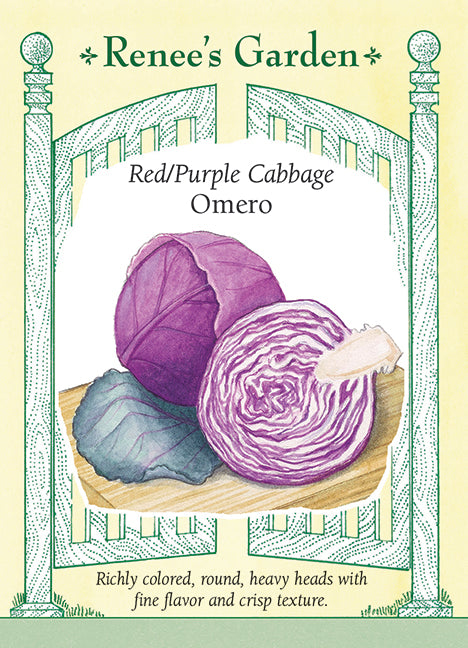
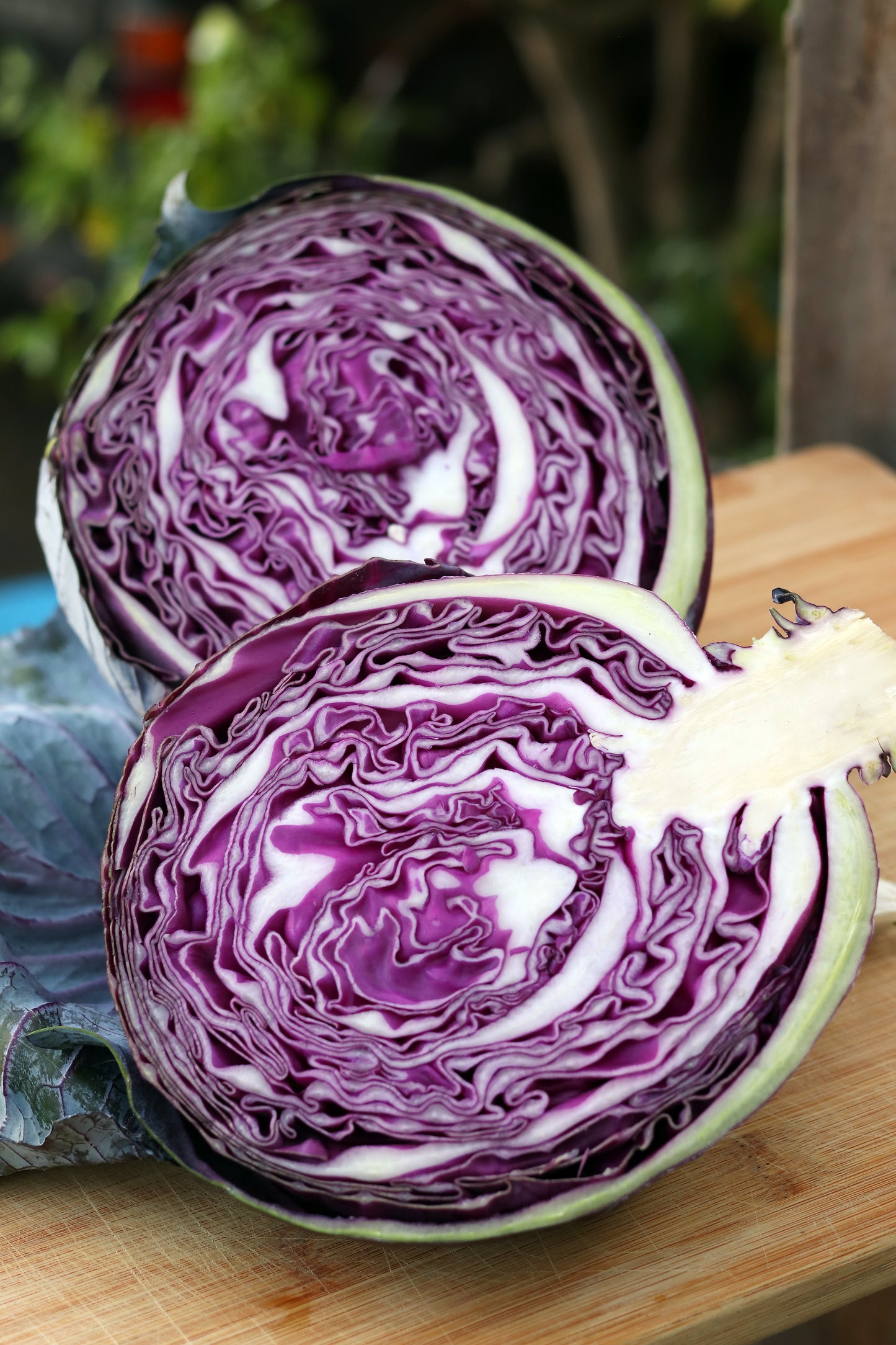
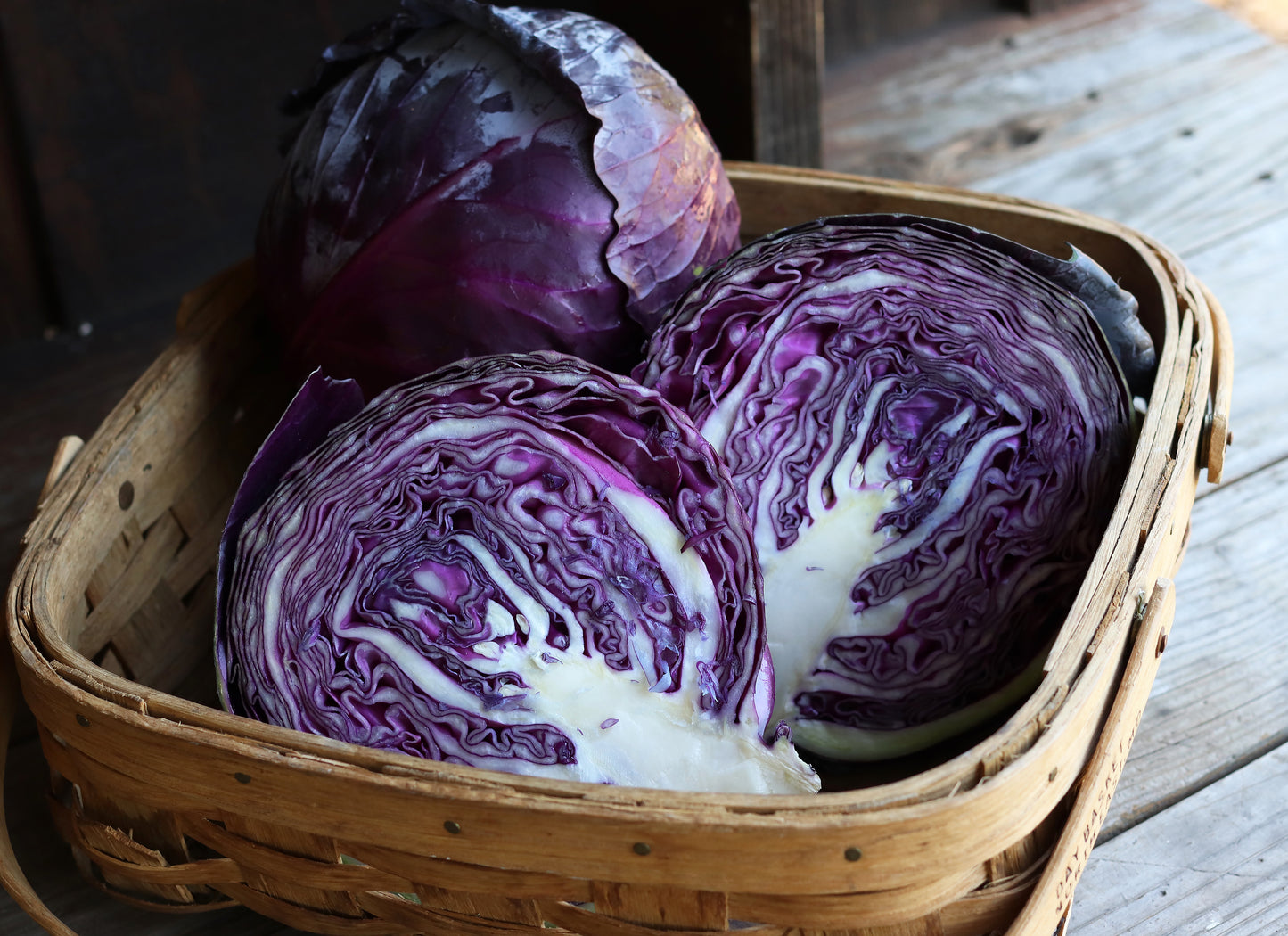
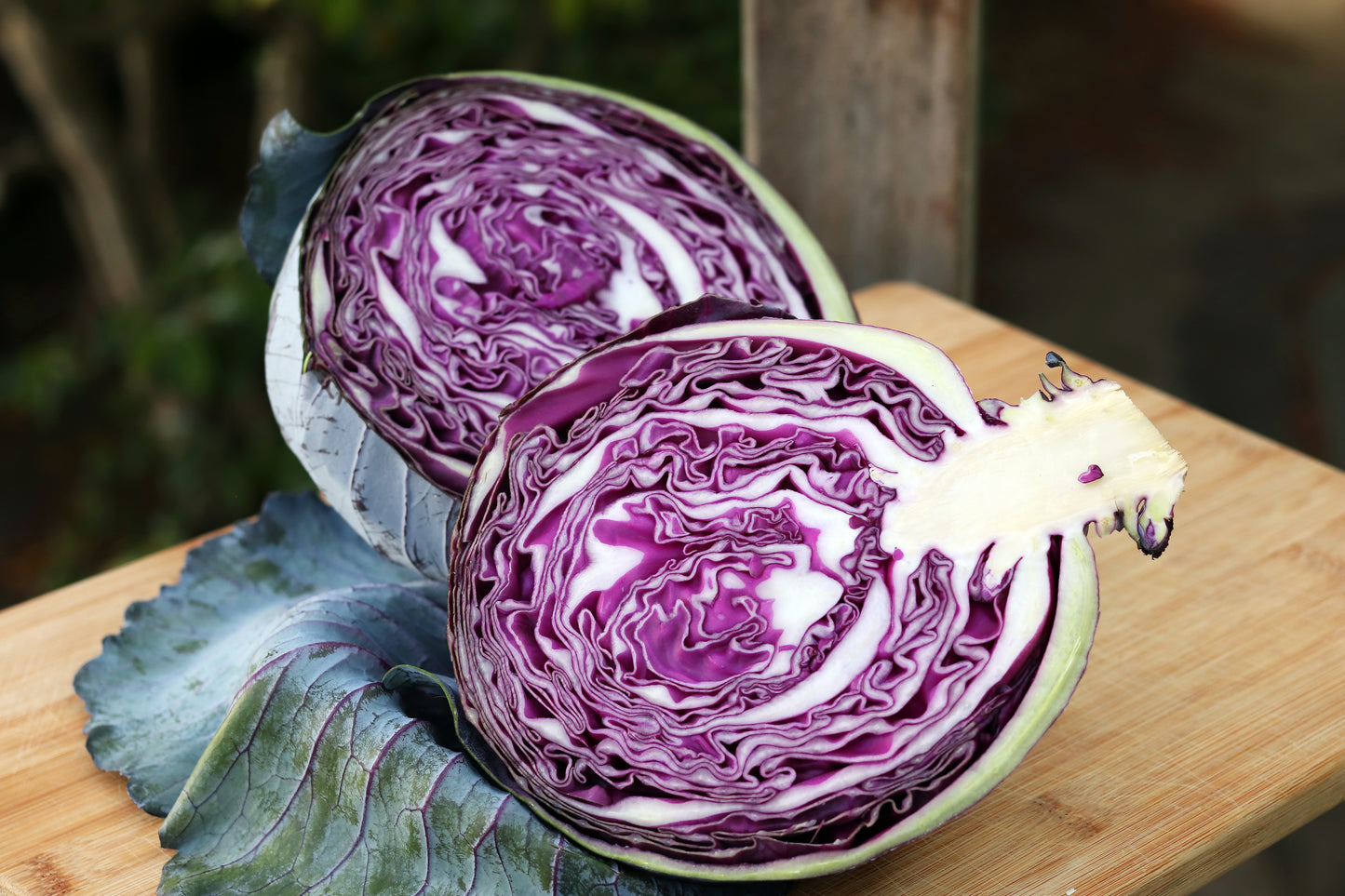
Collapsible content
 GROWING INSTRUCTIONS
GROWING INSTRUCTIONS
TO START INDOORS
Start seeds 4 to 5 weeks before last spring frost. Sow 1 inch apart in seed starting mix, cover ½ inch deep and keep evenly moist.Provide a strong light source until seedlings are ready to plant out. When several inches tall, transplant seedlings 12 inches apart into rich soil in full sun, after gradually acclimating to outdoor conditions.
TO START DIRECTLY OUTDOORS
When all danger of frost is over, plant in well-worked, fertile soil in full sun. Sow groups of 2 to 3 seeds 12 inches apart in rows spaced 1 foot apart. When seedlings are several inches tall, thin to 1 strong plant every 12 inches.
Mild Winter Areas: Sow again midsummer for a fall crop.
GROWING NOTES
Cabbage needs full sun and rich, well-drained soil to produce firm, sweet heads. To avoid stunting growth, don’t let seedlings get crowded before thinning or transplanting. Keep weeded and evenly watered. Feed monthly with fish emulsion or any high nitrogen fertilizer. Use non-toxic B.T. (Bacillus thuringiensis) for caterpillar pests. Floating row covers provide a good barrier method to exclude pests. Remove covers when heads begin to form.

